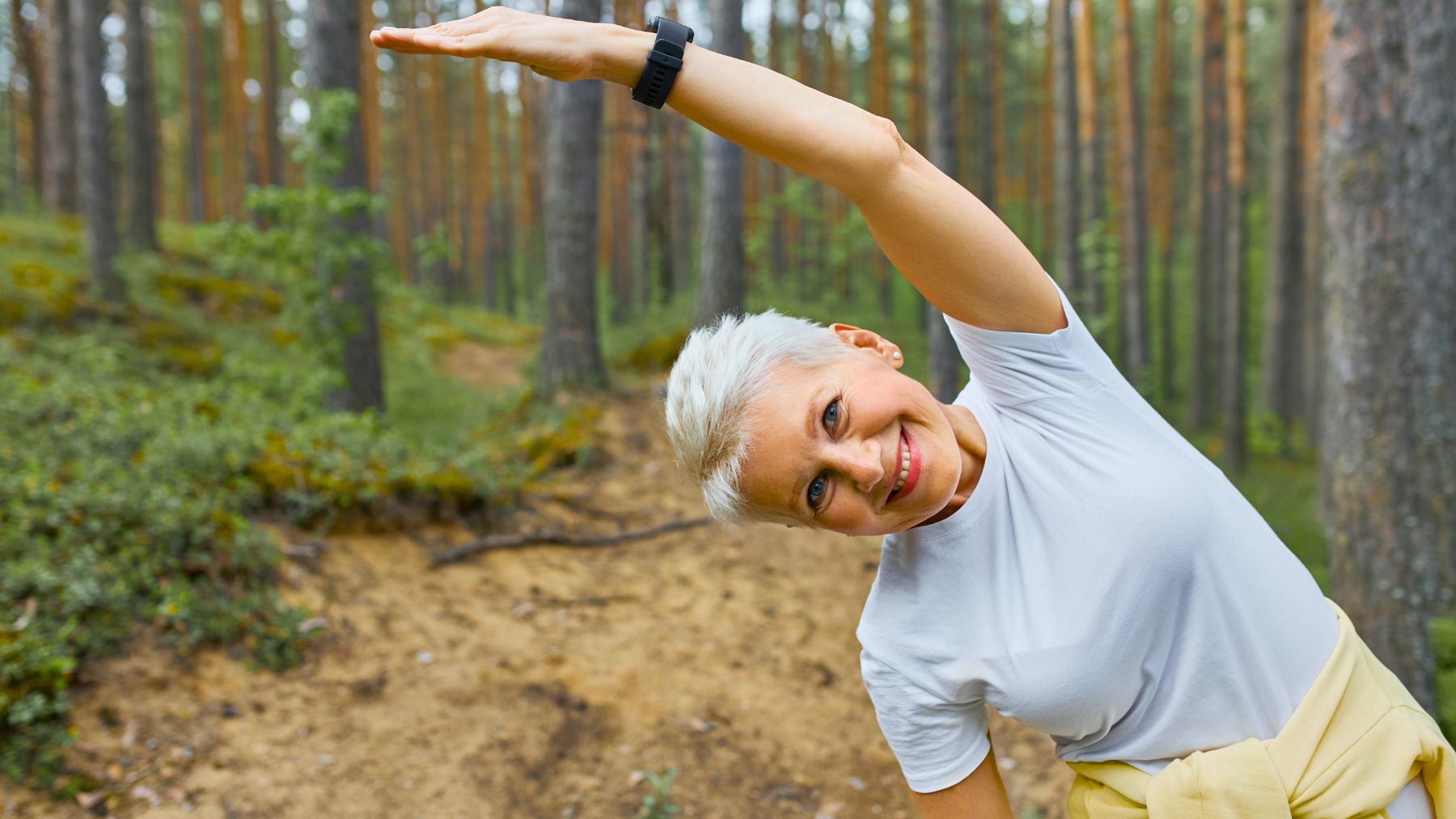When it comes to healthy aging, how easily you move can say a lot about your shape. Experts say that one simple test, which requires no equipment and only a small space at home, can predict mobility, independence, and even longevity.
It’s called the sitting-rising test. Doctors use it to gauge strength, balance, and flexibility in middle-aged and older adults. Here, we’ll explain what the test measures, how to try it safely, and what you can do to build the kind of strength and stability that supports a longer, healthier life.
The sitting-rising test explained
The sitting-rising test is straightforward but revealing. You start by standing on a flat surface, then lower yourself down to a seated position on the floor without using your hands, arms, or knees for support. From there, you return to a standing position, again using as little assistance as possible.
Scoring begins with a maximum of 10 points: five for sitting down and five for standing up. Each time you use a hand, knee, or other body part for support, you lose a point. Wobbling or losing balance deducts half a point. The higher the score, the better your physical condition.
Why does it matter? Because, beyond muscle strength, the test requires joint mobility, balance, and coordination. A large study found that adults who scored under 7.5 points were significantly more likely to die from natural causes within 12 years compared with those who scored closer to 10. In other words, being able to get down and back up with ease can be a marker of resilience as you age.
How seniors can build strength and balance for healthy aging
If the sitting-rising test feels difficult, don’t be discouraged. The body is adaptable, and regular practice can improve strength, stability, and mobility at any age. Here are proven ways to support healthy movement:
- Leg and core exercises: Squats, lunges, and bridges help build the muscle power needed to rise from the floor and stabilize your body.
- Balance training: Standing on one leg, heel-to-toe walking, or tai chi can sharpen coordination and reduce fall risk.
- Mobility work: Stretching, yoga, or simple hip and ankle rotations keep joints moving freely, which makes sitting and rising smoother.
- Resistance training: Using bands, light weights, or bodyweight exercises slows muscle loss, a condition known as sarcopenia, which accelerates with age.
- Chair practice: Repeatedly sitting down and standing up from a sturdy chair builds both endurance and confidence for the full test.
Remember that even modest improvements add up. If you have trouble with the test, talk with your doctor or a physical therapist before starting a new program, especially if you have joint pain, balance problems, or chronic conditions.
The sitting-rising test is a quick snapshot of how well your body is aging. Passing it suggests you’re maintaining the kind of strength and control that keeps you steady on your feet and active in daily life. And if you’re not there yet, the path forward is clear: keep moving, build strength, and practice balance every day.
